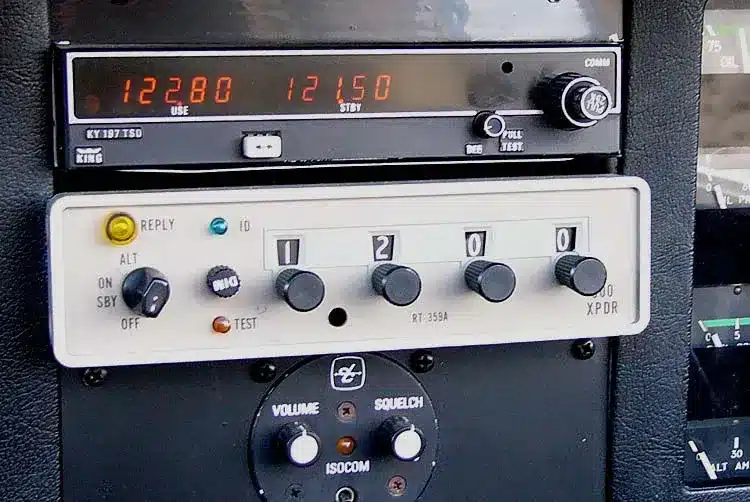About Transponder:
- A transponder is a wireless communication, monitoring, or control device that picks up and automatically responds to an incoming signal.
- The term is a combination of transmitter and responder.
- Transponders are typically used for detecting, identifying, and locating objects, but they can also be used in other technologies, such as satellites to relay communications signals.
- Transponders are commonly found in both civilian and military aircraft and in objects, such as car keys.
- How do transponders work?
- Transponders operate using radio frequencies and respond to wireless monitoring, communications, and control device signals.
- When sent a signal-also called an interrogator-a transponder responds by returning an identifying signal.
- The information included in the response varies depending on the type of transponder but can include location and identifying codes.
- The transponder automatically sends back a radio signal at a predetermined frequency.
- To receive and send signals simultaneously, receiving and transmitting signals must be set at different frequencies.
- For Example: An air traffic controller can send an interrogator signal and receive identifying information on an aircraft. This enables the control tower to track the aircraft in the surrounding airspace and provide other information to help the pilots maintain adequate distance from other aircraft.
- Transponders are used with the following technologies:
- aircraft identification;
- communications satellites;
- vehicle keys;
- optical communications;
- sonar;
- electronic toll collection systems;
- lap timing and tire identification for motor sports; and
- magnetic labels on credit cards.
Q1: What is a sonar?
Sonar (Sound Navigation And Ranging) is the name of a technology that is used to detect objects in water and within the seafloor. There are two basic types – passive and active. Passive sonars listen for underwater sounds. Active sonar systems emit sounds and use returning echoes to detect, locate, and classify objects in the environment. For example, differences among echoes are used to determine whether an object is a submarine, rock outcrop, school of fish, or a whale. There is concern that active sonar systems may affect marine animals.
Last updated on December, 2025
→ Check out the latest UPSC Syllabus 2026 here.
→ Join Vajiram & Ravi’s Interview Guidance Programme for expert help to crack your final UPSC stage.
→ UPSC Mains Result 2025 is now out.
→ UPSC Notification 2026 is scheduled to be released on January 14, 2026.
→ UPSC Calendar 2026 is released on 15th May, 2025.
→ The UPSC Vacancy 2025 were released 1129, out of which 979 were for UPSC CSE and remaining 150 are for UPSC IFoS.
→ UPSC Prelims 2026 will be conducted on 24th May, 2026 & UPSC Mains 2026 will be conducted on 21st August 2026.
→ The UPSC Selection Process is of 3 stages-Prelims, Mains and Interview.
→ UPSC Result 2024 is released with latest UPSC Marksheet 2024. Check Now!
→ UPSC Prelims Result 2025 is out now for the CSE held on 25 May 2025.
→ UPSC Toppers List 2024 is released now. Shakti Dubey is UPSC AIR 1 2024 Topper.
→ UPSC Prelims Question Paper 2025 and Unofficial Prelims Answer Key 2025 are available now.
→ UPSC Mains Question Paper 2025 is out for Essay, GS 1, 2, 3 & GS 4.
→ UPSC Mains Indian Language Question Paper 2025 is now out.
→ UPSC Mains Optional Question Paper 2025 is now out.
→ Also check Best IAS Coaching in Delhi

















